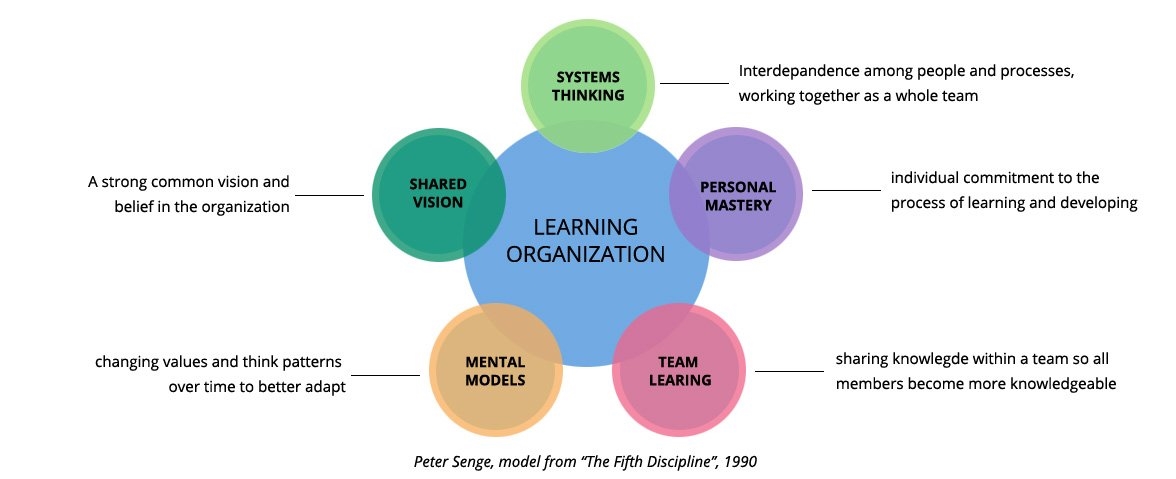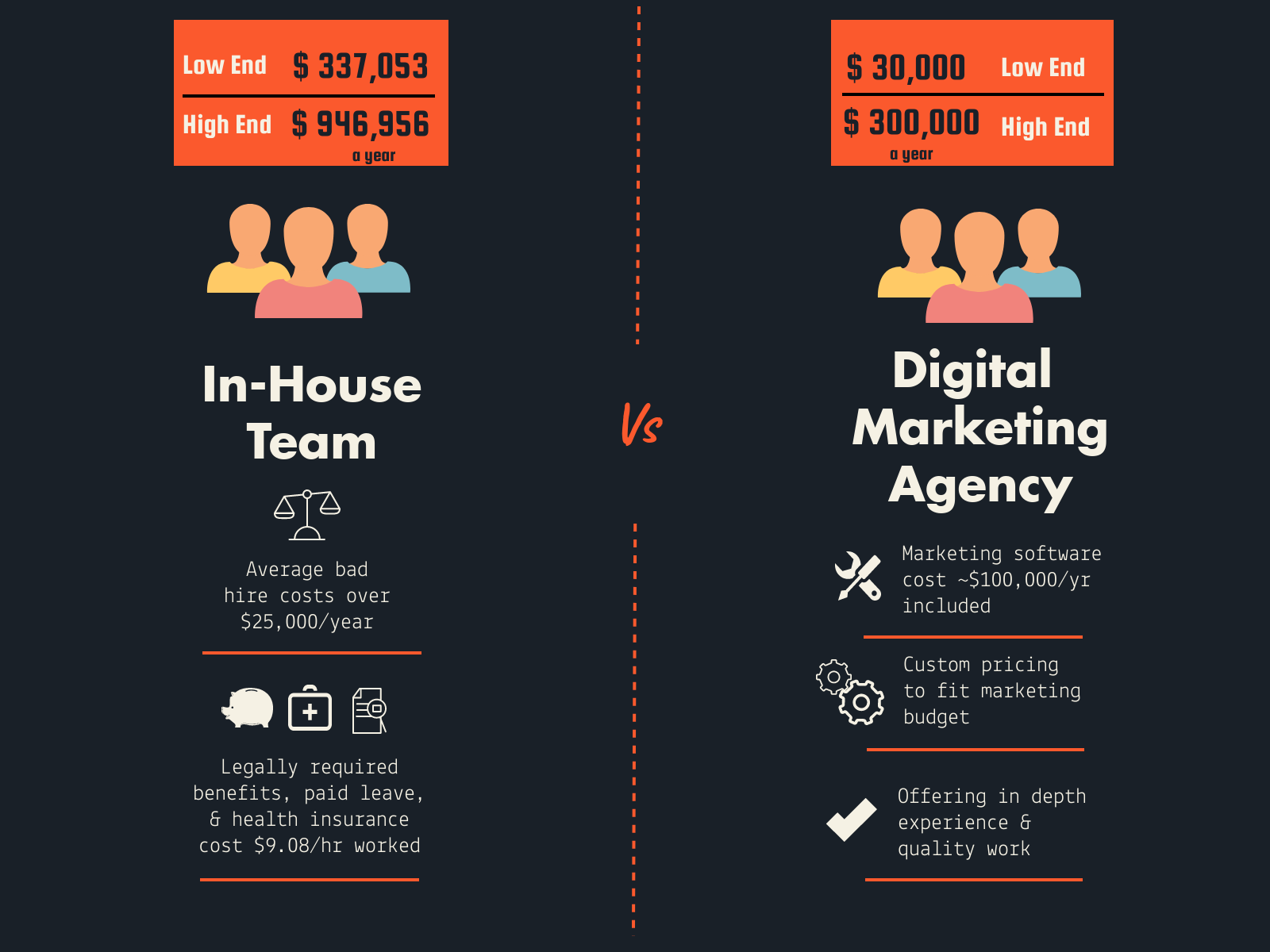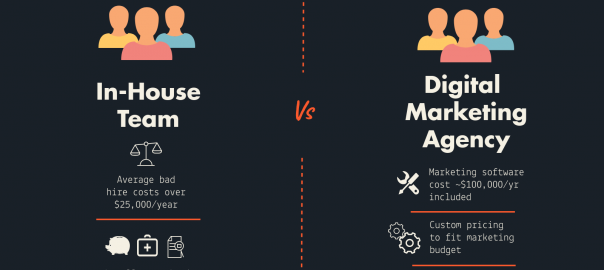Running your own business may seem like a dream job but it involves a huge amount of hard work, risk, financial and other resources, as well as a great idea. When you launch a venture, you need to spin a hundred plates at once while dodging and swerving obstacles and jumping over hurdles. Even established businesses face challenges and I’ve never met a business owner who didn’t want to grow their business and increase revenue. Here are some marketing strategies to optimize business success for your startup or established business.
 Concept of technology migration with businessman jumping from book to laptop
Concept of technology migration with businessman jumping from book to laptop
How to optimize business success
Learning and studying
Training and studying are hugely beneficial for employees. We call this adult learning and investing in continuous learning for employees is a great investment that pays off in better performance, higher employee retention, and commitment. Some businesses tie training to work-related skills, such as doing an analytics degree online, or the opportunity to attend workshops or training sessions at times that suit you. With new options for non-degree certifications, it’s easier than ever to get the qualifications you need to drive your company forward. Other businesses allow employees to explore whatever topic they find interesting under the assumption that any skill might improve performance and all training increases employee retention and motivation.
However, businesses must invest in learning and understanding their environment. We call this a learning organization and it looks something like this.
 Image courtesy of Green Line
Image courtesy of Green Line
Learning organizations invest effort and resources in sensing and sense-making to build not only team learning and personal mastery, but build mental models, shared vision, and develop systems thinking that is a holistic approach to understanding the interrelationships between systems in the business so you optimize the entire organization.
Building a strong team
Whether you employ five, fifty, or five hundred employees, it’s essential to hire people who are a good fit for the business. You want to search for top talent and look for employees who possess the necessary skills and qualifications to excel in the roles you need, as well as represent the ability to grow in the future. It’s also critical to look for candidates who share company values and have personality and character traits that help the organization work like a well-oiled machine and treat customers with respect.
Use the hiring process to get to know prospective employees. Interviews are particularly valuable because you can’t really get to know people simply by reading a resume and a cover letter. Meeting candidates in person enables you to get to know them better, build a rapport, and find out what makes them tick.
Once you have a core team, make it your mission to support their growth and development, maintain high levels of motivation and morale, and enhance productivity. Communicate with your staff, take the time to talk and catch up frequently, and ensure you are accessible if people have concerns or ideas they’d like to discuss with you.
Researching and planning
Fitting with the idea of a learning organization, a crucial step to optimize business success involves carrying out extensive research. Gather information about the market, define an ideal buyer and learn as much as possible about them (see the example persona below to guide this research), and analyze the competition. Of course, your research should also include all elements of the environment (economic, technological, and legal) so you can adapt your marketing strategy to aspects of the environment and anticipate changes to that environment.

Image courtesy of Dribble
Armed with this research, you build strategies to communicate with customers, market your products and services, set prices, and run promotions. Plan every step rigorously with detailed information and careful analysis to ensure your business plan is watertight before you invest any more time and money in your venture.
For instance, it’s critical to ensure there is sufficient demand for the products sell and to establish a USP (unique selling proposition) that sets you apart from your competitors. Use the planning stage to test different marketing campaigns, web designs, content types, and landing page layouts by organizing focus groups, asking for feedback on packaging ideas, branding, and logos, and ensuring you include this feedback on your strategies.
Delivering value to customers
Positive relationships with customers contribute to high retention rates and a good brand image that translates into a constant revenue stream. Consumers today don’t just judge brands and businesses on the quality of their products. They also form opinions and impressions based on customer service and experience. So, provide resources and build plans to provide the best customer service and encounters possible every single time. Using chatbots allows customer service 24/7 to meet customer needs.
Then, focus on the relationship part of the customer experience by turning the experience into a 2-way conversation rather than just talking at them. Social media is a great tool for this and it has the additional benefit of amplifying your brand every time someone in your community mentions you.
Managing finances
Cash flow issues are one of the most common reasons fledgling businesses fold. The failure rate for new ventures is high, and often, money is a contributing factor. To minimize risks, it pays to manage your finances carefully from the outset. Create a budget, monitor spending closely, and look for ways to boost efficiency while making savings. Calculate the ROI of activities and use this information to build stronger strategies by combining tactics with the highest return.
Also, consider ways to stretch your budget. For instance, consider renting rather than buying equipment and buildings, use fractional employees rather than hiring full-time staff, and outsourcing activities such as accounting and marketing. Below, you see the cost savings possible by hiring a marketing agency rather than staffing the positions in-house.
 Image courtesy of Alfredo Media
Image courtesy of Alfredo Media
Conclusion
Launching and running a business is no walk in the park. Optimize business success by using the tips shared in this post. Plan rigorously, carry out extensive research, learn and study to enhance your skills, and devote time and energy to building a strong, cohesive, talented team. Build a learning organization with the right corporate culture that gets things done Get to know your customers, encourage communication and interaction, reward loyalty, and keep a close eye on the accounts from day one.
Business & Finance Articles on Business 2 Community
(58)
Report Post









